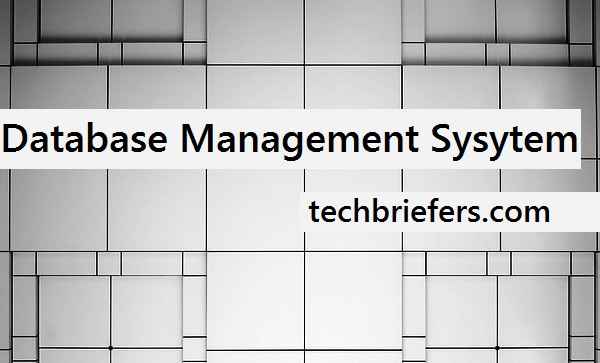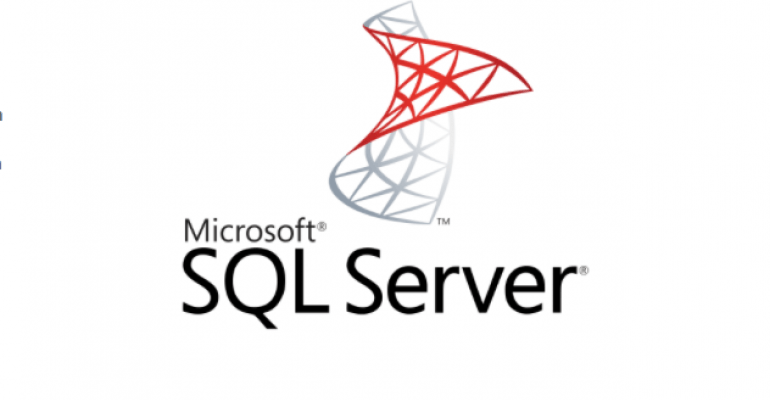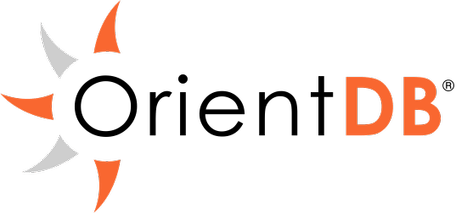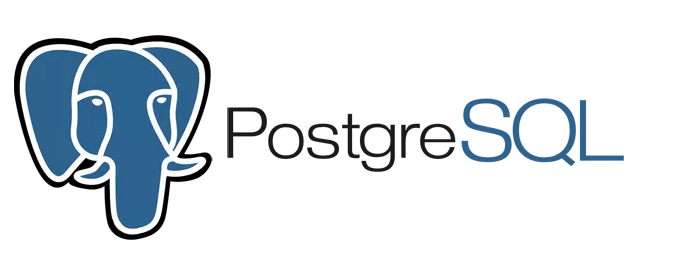Database Management System (DBMS)

Database Management System is software which is used to manage database is called Database Management System abbreviated as DBMS.
It is a software system that uses a standard method of listing, retrieving data, and executing queries on data. The DBMS stores the data, organizes it, and provides methods to modify or extract the data stored by users or other programs.
There are so many database management systems (DBMS) available; hence it is very important for a method of communication/ integration with each other. For this reason, most of the database software comes with Open Database Connectivity drivers (ODBC drivers), that allows the database to integrate with other databases.
There are a lot of DBMS available; some of the popular commercial DBMS used in different applications listed below:















Database: Database is a collection of data related to each other which helps in efficient selection (fetching), insertion and deletion of data from/to database and organizes the data in the form of schema, tables, views etc.
For Example: College database organizes the data of students, lecturers, and administrative staff etc. which helps in efficient retrieval, insertion and deletion of data from it.
The Database Management System (DBMS) handles major responsibilities, which includes: management of data, Database engine (it allows data to be accessed, locked and modified) and Schema (it is the logical structure of the data). These three elementary sections help in providing concurrency, security, data integrity and uniform administration procedures. DBMS supports database administration tasks that include performance monitoring or tuning, change management and backup and recovery. A lot of database management systems also allow automated rollbacks, restarts and recovery as well as the logging and auditing of activity.
The DBMS is perhaps most valuable for giving a centralized view of data that can be accessed by various users, from different locations, in a controlled way. A DBMS can confine what data the end user sees, and also how the end user can views the data, giving numerous perspectives of a single database schema. DBMS handles all the request for data which results in the facility of relieved end users and software programs from the responsibility to understand where the data is physically located or on what type of storage media it is stored.
Types of Database management systems:
Some of the popular database models and their management systems are mentioned below:
- Relational database management system (RDMS): The database that stores data in structured format, using rows and columns.
Not Only SQL database management system (NoSQL DBMS): Unstructured or loosely structured databases that can evolve over time. - In-memory database management system (IMDBMS): provides faster response times and better performance as it mainly relies on main memory.
- Columnar database management system (CDBMS): It stores data in form of columns instead of rows and is useful in large data warehouses that have large amount of similar data items.
- Cloud-based data management: It is used for management of cloud data and provides delivery of computing as services rather than as product.
